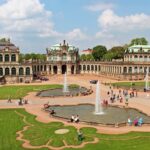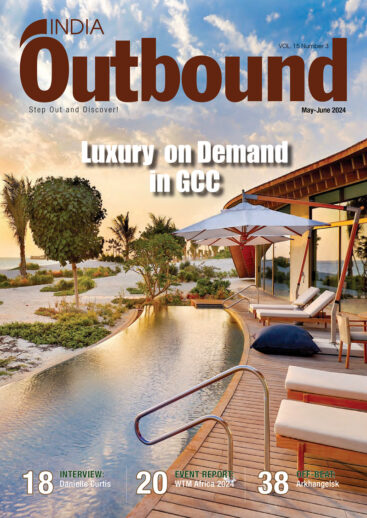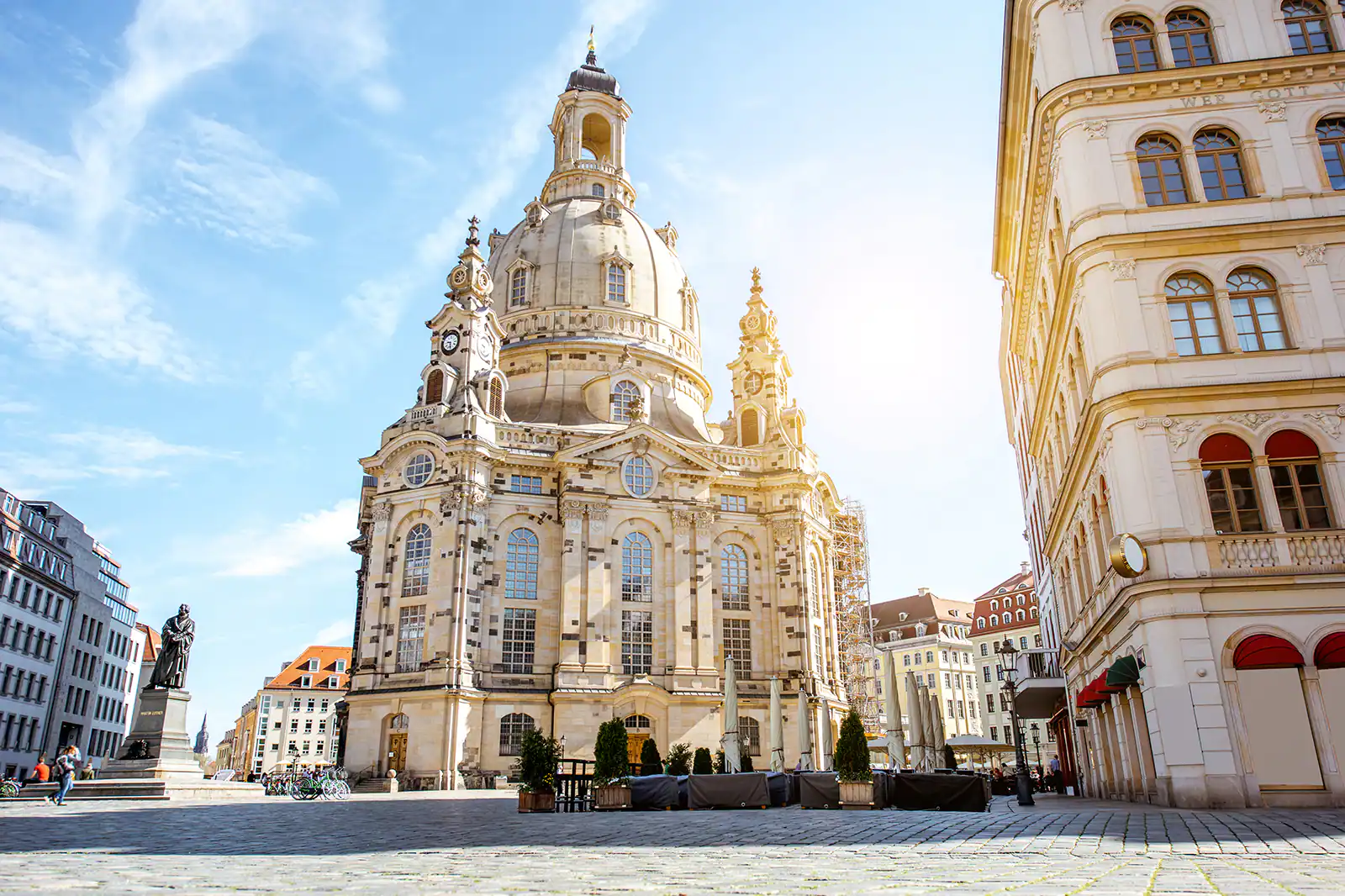
GNTO says the reconstruction of the Frauenkirche is an impressive symbol of international reconciliation after World War II
Dresden in Eastern Germany is famed not only for its three major landmarks, the Baroque Zwinger Palace, Semperoper Opera House and the Church of Our Lady, but also for Brühl’s Terrace and the Royal Palace, the Elbe Castles on the Loschwitz hillside, the exclusive villas of the Blasewitz borough, the garden city of Hellerau and, of course, the 12 Dresden State Art Collections.
For travellers seeking history and cultural beauty, Dresden is an epitome of interesting museums and unique buildings speaking volumes about German legacy.
In a press statement, the German National Tourist Office (GNTO) says that travellers can see the city of Dresden through a new lens on a two-day canoeing tour on the Elbe River.
GNTO says that visitors here can encounter treasures such as Raphael’s the Sistine Madonna and the Green Vault, the world’s largest treasure chamber. Whether paddling by the city centre, under the bridge ‘Blaues Wunder’ or the outskirts of Dresden and other stunning landmarks, the board collates a list of top sights to explore in the destination.
Dresden Zwinger: A Paradise on Earth
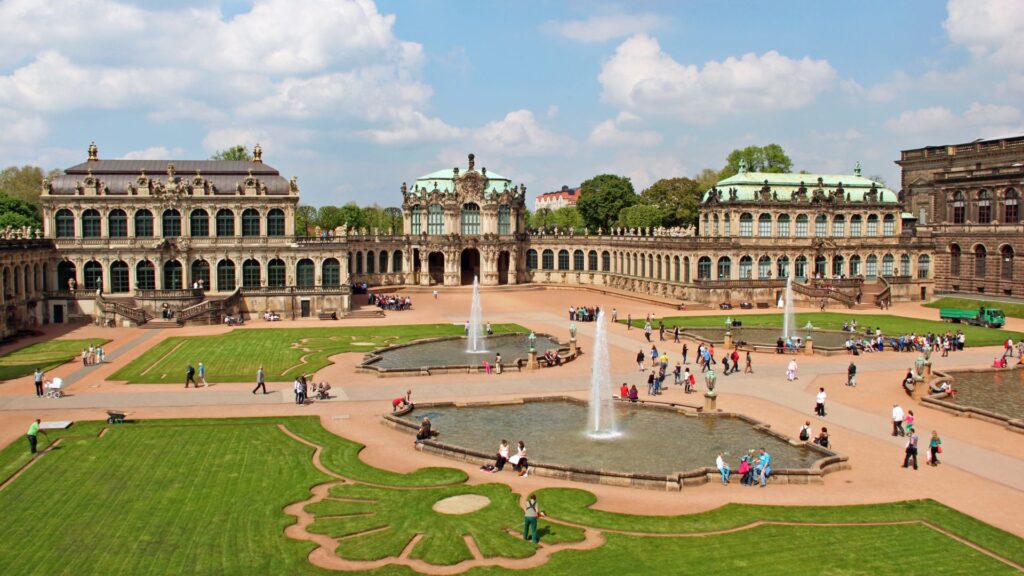
Multimedia Zwinger Xperience offers visitors a glimpse into the world of festivals, parades and drama with a range of panoramic projections
GNTO says that the Dresden Zwinger still shapes the city’s image to this day, reminiscent of the glamorous baroque period. Museums of the Staatliche Kunstsammlungen Dresden have much to be discovered such as the Porcelain Collection, Old Masters Picture Gallery and the Royal Cabinet of Mathematical and Physical Instruments.
Saxony, the land of castles, has formed the backdrop of many films like The Grand Budapest Hotel, Three Angels for Charlie, Cinderella, Snow White or Three Hazelnuts for Cinderella.
Further, multimedia Zwinger Xperience offers visitors a glimpse into the world of festivals, parades and drama with a range of panoramic projections and virtual reality stations. What’s more, little orange trees give the Zwinger an extra Mediterranean charm from May to October.
Semperoper Opera Dresden: A lively centre of European opera
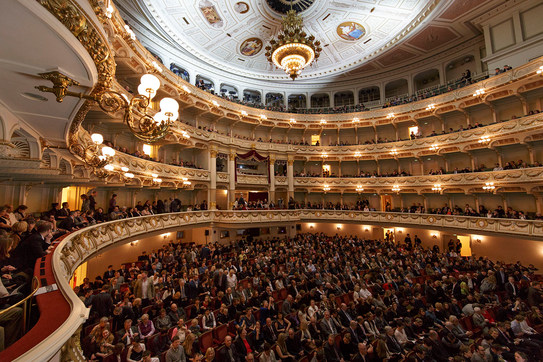
Semperoper Opera Dresden enjoys great international renown with its varied repertoire
Built by the architect Gottfried Semper that opened on April 13, 1841, the Semperoper in Dresden is one of the largest opera houses in Europe. Located in the heart of the old town not far from the Elbe, visitors can explore one of the many performances in the Semper Opera House for a taste of German art and cultural legacy. Inside, visitors can also avail a guided tour of the incredibly beautiful opera of Dresden.
Semperoper Opera Dresden enjoys great international renown with its varied repertoire and majesty of classical music and the performing arts. It is an integral part of Dresden’s cultural life and delights the ballet lover every bit as the concert enthusiast.
Museum of Military History: Dresden’s largest museum
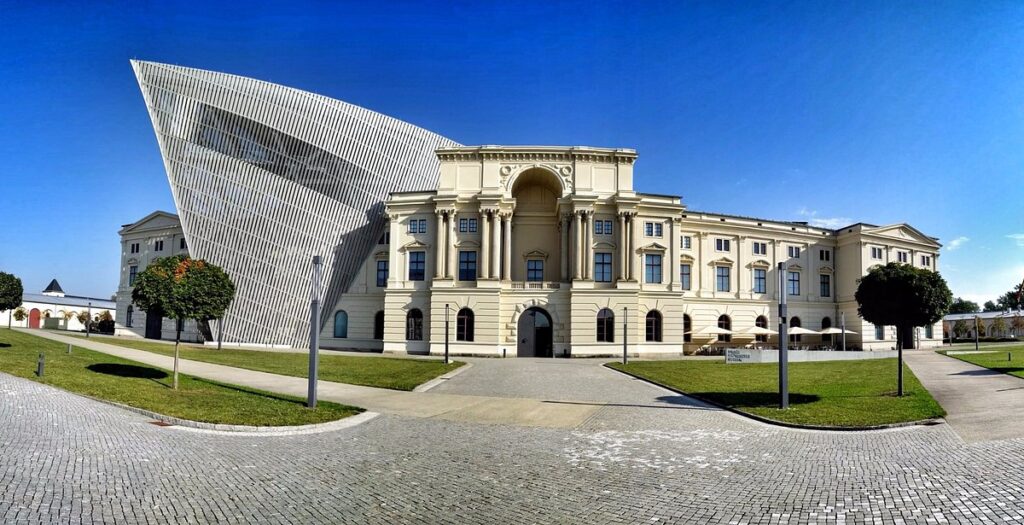
Museum of Military History is Dresden’s largest museum
Museum of Military History is set to capture the attention of visitors not only through its impressive architecture, but also with a completely new concept for the presentation of over 800 years of German military history.
This journey comprises three periods, from late Middle Ages to 1914, the Age of World Wars and from 1945 to the present. In this part of the Museum, German military history is embedded in the developments of European history.
With 20,000 sqm of indoor and outdoor exhibition place and a stock of 1.2 million exhibits, the Museum of Military History is Dresden’s largest museum. The experience-oriented presentations serve to underline the new objective of becoming a museum for the whole family.
Dresden State Art Collections: 16th century artworks
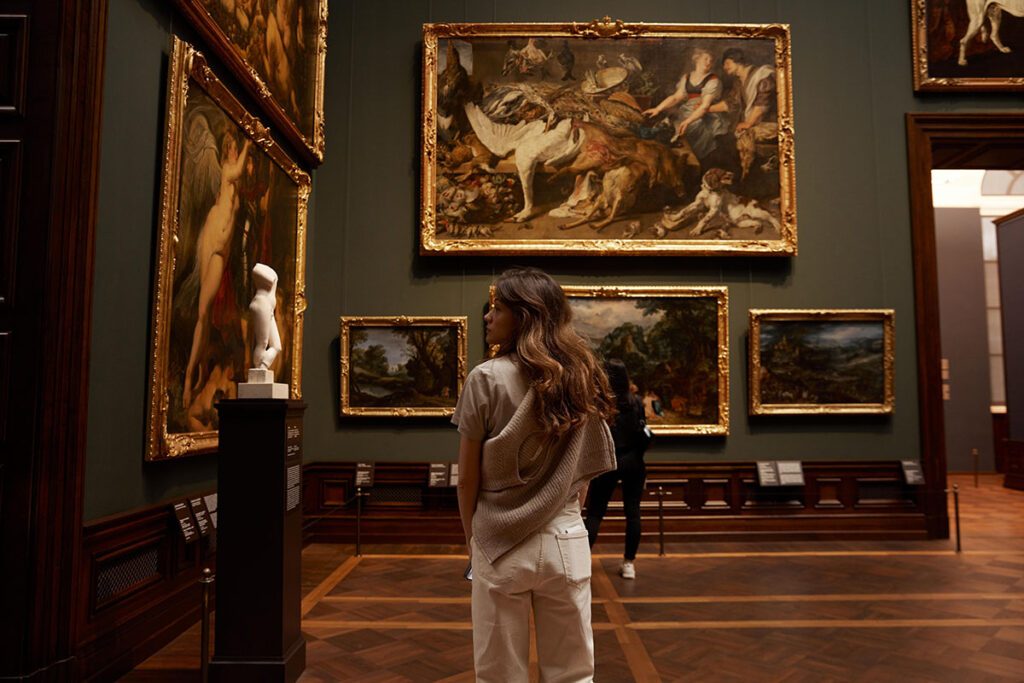
Dresden State Art Collections are among the foremost museums of the world
The Staatliche Kunstsammlungen Dresden, or Dresden State Art Collections, are among the foremost museums of the world. The Dresden State Art Collection is a collection of artwork, dispersed in different museums across Dresden, Saxon. GNTO says that a total of 15 museums offer a thematic diversity that is exceptional for its kind.
With permanent and special exhibitions at different places the Staatliche Kunstsammlungen Dresden presents masterpieces from their collections as well as works on loan from major international museums and collectors. It is one of the oldest and most impressive museum institutions in the world, with artwork dating back to the 16th century.
Church of Our Lady: A symbol of reconciliation
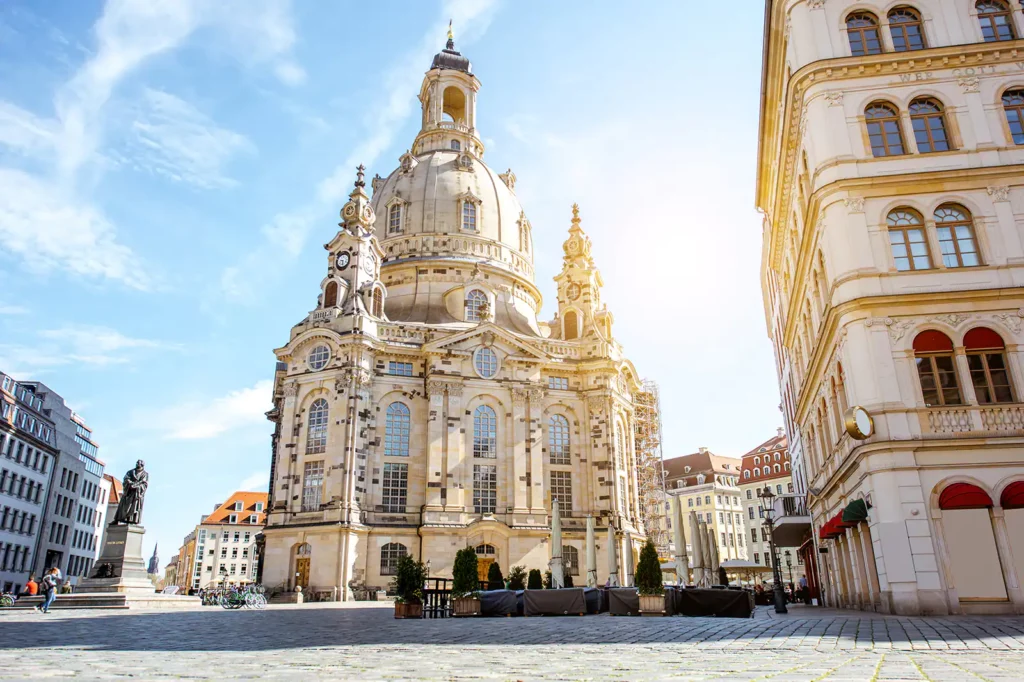
The Frauenkirche is a symbol of conciliation, largely with donations from German and international foundations
Since October 30, 2005, the steeple of the Frauenkirche overtops the Dresden skyline again. GNTO says the reconstruction of the Frauenkirche is an impressive symbol of international reconciliation after World War II which attracted attention throughout the world. Millions of people have already visited the Frauenkirche.
The sacred building was erected between 1726 and 1743, following the designs of George Bähr. Its characteristic dome, called the ‘stone bell’ owing to its shape, collapsed on February 15, 1945 under the rain of bombs. An anti-war monument, the rebuilding is finished now.
The Frauenkirche is a symbol of conciliation, largely with donations from German and international foundations. The Neumarkt quarter around the church is also to regain its status as the historical heart of the city.








